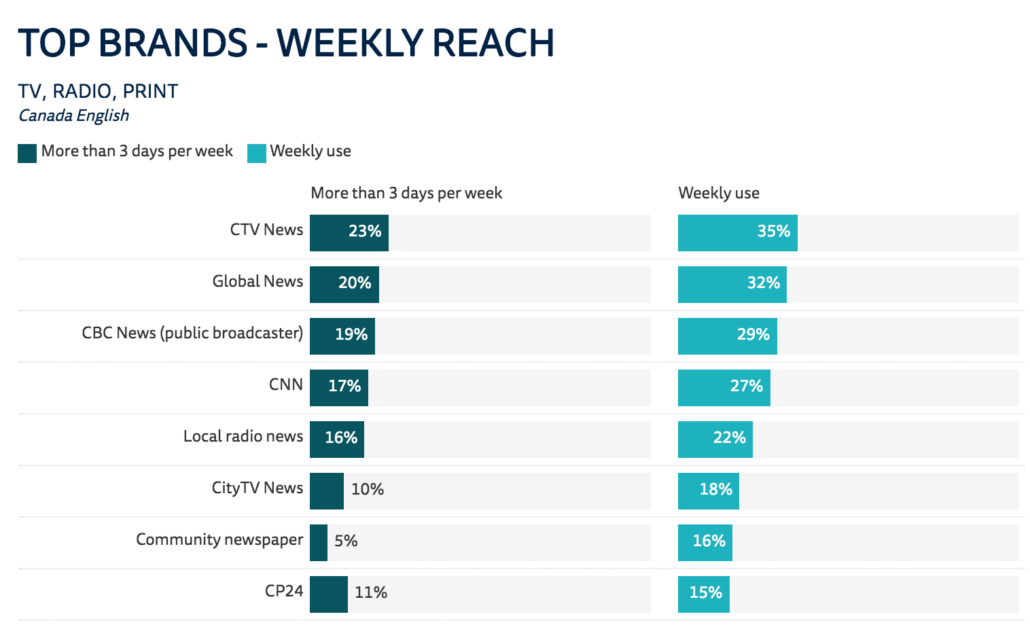As many as 50 private radio stations could go dark over the next four to six months and another 100 to 150 in the next 18 months, according to a new report commissioned by the Canadian Association of Broadcasters (CAB).
The report, by Winnipeg-based Communications Management Inc., projects that over the next three years local television and radio broadcasters will face a collective revenue shortfall of $1.06 billion. In addition to as many as 2,000 job losses in radio, the number of private conventional television stations in Canada could shrink from 95 to just 50 to 60. The report says AM, independent, and stations in smaller markets are the most vulnerable.
“Canadian private television and radio is in crisis,” said Lenore Gibson, Chair of the CAB Board of Directors, in a release. “Without immediate action, Canada will see a wave of local television and radio closures over the next three years. This will deny many communities a daily local media voice, and significantly reduce the diversity of news choices and voices in almost every community in Canada.”
The CAB says while Canadians continue to rely on private broadcasters for local news, citing Reuters Institute’s Digital News Report, structural changes in the advertising market, accompanied by inequitable regulatory treatment and taxation of foreign-owned, online media giants, has led to the current crisis.
The report says COVID-19 has compounded a slow erosion of broadcast revenues with private radio revenues in decline since 2014, with 40% of private radio stations having negative PBIT in 2019. Private conventional TV revenues have declined in six of the eight years after 2011, with 70% of units having negative PBIT in 2019. The number of employees in private radio and private conventional television has also dropped consecutively, year-over-year since 2011.

“For generations, local news and journalism have been critical to keeping Canadians informed about the issues that are important to them such as holding governments to account and providing oversight of taxpayer dollars,” added Carmela Laurignano, Vice President and Radio Group Manager, Evanov Communications Inc. “If we allow local news to die, the health of Canadian society will be seriously undermined.”
The CAB filed an application in early July asking the CRTC for emergency regulatory relief for the broadcast year ending Aug. 31, 2020.
The report says while federal COVID-19 measures have been helpful, relief programs announced to date won’t cover local broadcasting’s revenue shortfall. It suggests government take action toward a more sustainable media eco-system, including a “thorough, holistic review of the future of media, including television and radio, in Canada.”
Subscribe Now – Free!
Broadcast Dialogue has been required reading in the Canadian broadcast media for 25 years. When you subscribe, you join a community of connected professionals from media and broadcast related sectors from across the country.
The Weekly Briefing from Broadcast Dialogue is delivered exclusively to subscribers by email every Thursday. It’s your link to critical industry news, timely people moves, and excellent career advancement opportunities.
Let’s get started right now.



